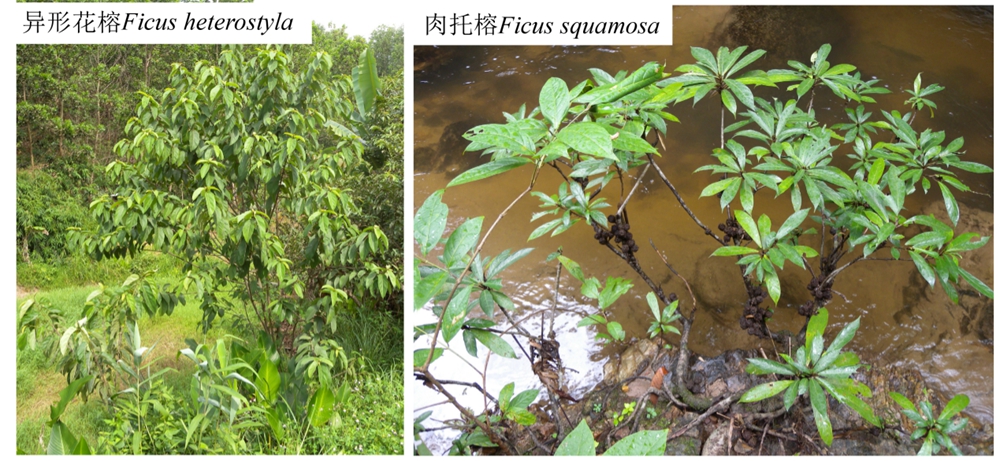Hybridization plays an important role in biological evolution. However, it is not clear under what ecological conditions hybridization may be favored. Evaluation of hybridization across species pairs occupying geographically extensive contact ranges may give greater insight as to when barriers to gene flow are likely weakened, and subsequently, where a significant proportion of diversification likely occurs.
In a study published in Plant Diversity, researchers from Xishuangbanna Tropical Botanical Garden (XTBG) reported that two closely related figs with a longitudinal contact belt across Southeast Asia demonstrated reproductive isolation across their core contact range before hybridization signatures increase at northern climatic margins.
The researchers employed a comprehensive latitudinal sampling for closely-related tropical Ficus heterostyla and F. squamosa. They aimed to detect patterns of clinal change in interspecific hybridization and introgression.
On the basis of the nuclear microsatellites from extensive population sampling across a widespread contact range, the researchers investigated spatial hybridization signatures. They found that the two closely related dioecious figs sharing an extensive contact range only displayed signatures of hybridization at their climatic margins. Signatures of hybridization increased significantly towards higher latitude climatic margins.
The researchers then examined detailed natural history data surrounding the two focal species and their regional abiotic circumstances. They found that biotic factors such as growth form, phenology and population density mediated the direction of interspecific gene flow.
“We believe this is the first thorough geographic examination of this phenomenon and indicates that climatic margins may be hotspots for hybridization potentially leading to speciation events,” said HUANG Jianfeng, first author of the study.
Contact
PENG Yanqiong Ph.D Principal Investigator
Key Laboratory of Tropical Forest Ecology, Xishuangbanna Tropical Botanical Garden, Chinese Academy of Sciences, Mengla, Yunnan 666303, China
E-mail: pengyq@xtbg.ac.cn
First published: 28 August 2023

Closely related dioecious figs: Ficus heterostyla and F. squamosa. (Image by HUANG Jianfeng)

